R-Studio Homework: Matrix Operations, Transformations, and Solutions
VerifiedAdded on 2023/06/13
|16
|1675
|428
Homework Assignment
AI Summary
This R-Studio assignment provides solutions to linear algebra problems involving matrix operations and equation solving. The first question focuses on creating a matrix A based on given conditions, then performing row operations such as swapping the first and last rows, adding the first row to others, and scaling odd rows. The code prompts the user for the number of rows (m) and columns (n). The second question involves solving for coefficients a and b from equations formed by matrices with dimensions n=3 and n=4, utilizing the 'matlib' package. The third question focuses on determining coefficients for a cubic polynomial equation using matrix operations, again leveraging the 'matlib' package to solve for the coefficients a, b, c, and d. The assignment includes R code snippets for each step, demonstrating the implementation of matrix manipulations and equation solving techniques.
1 out of 16
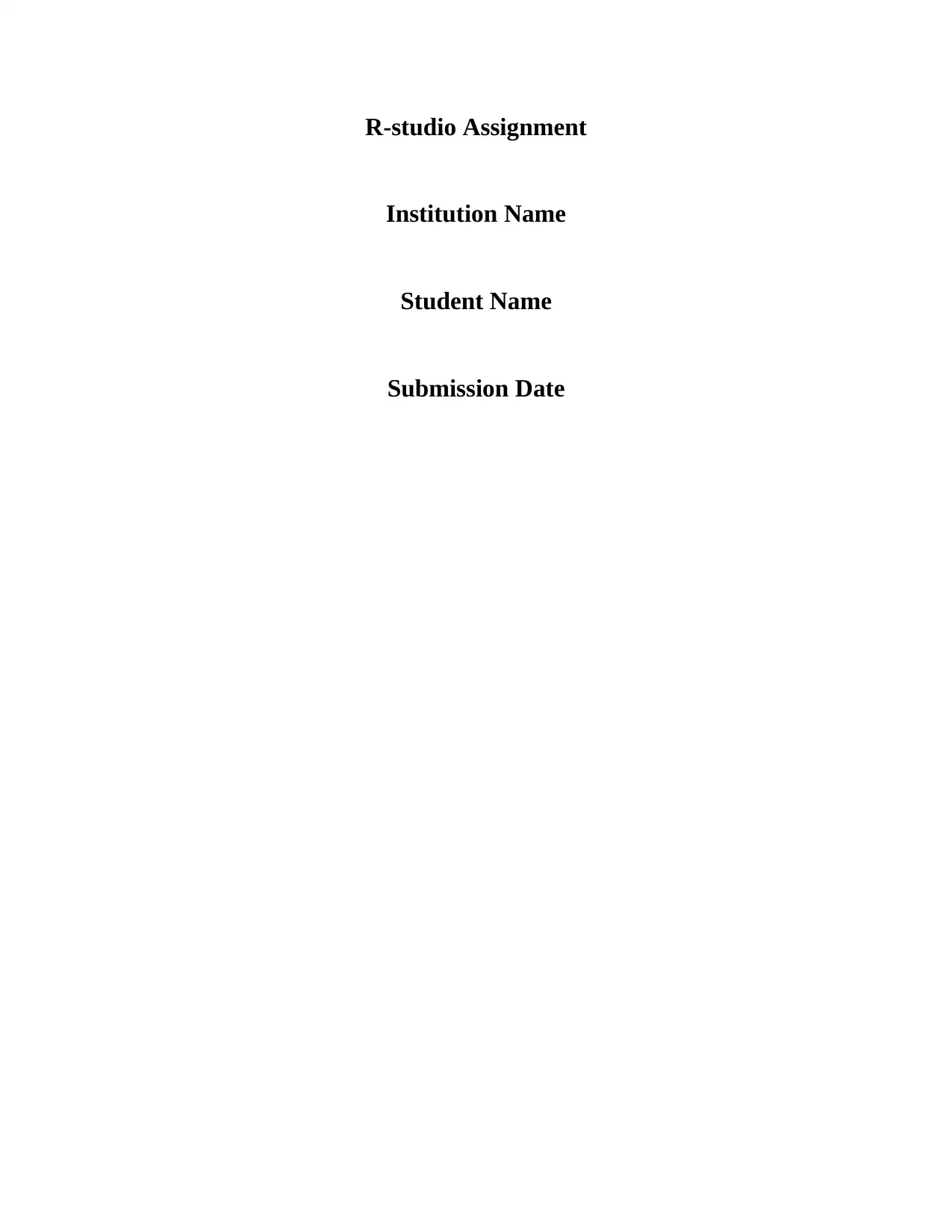
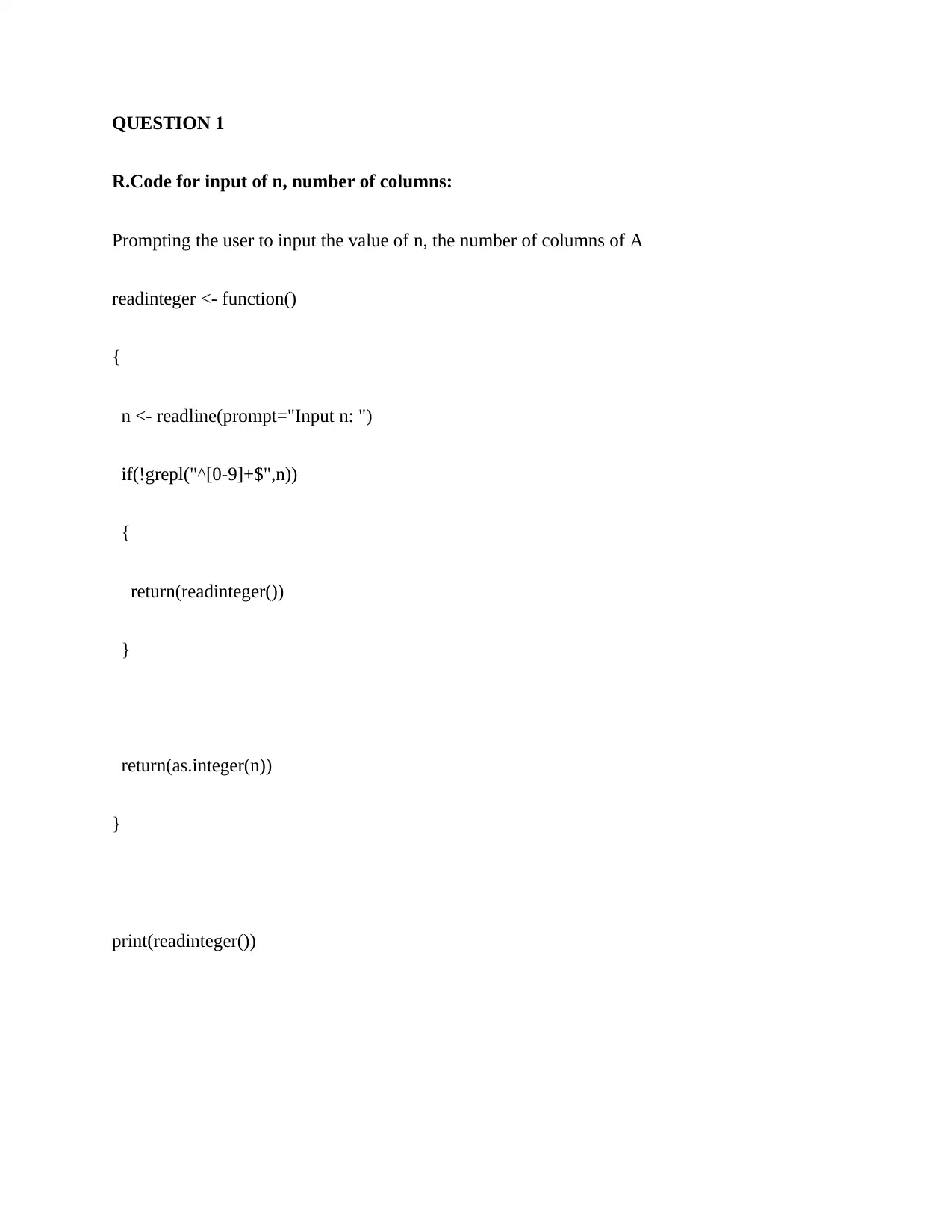
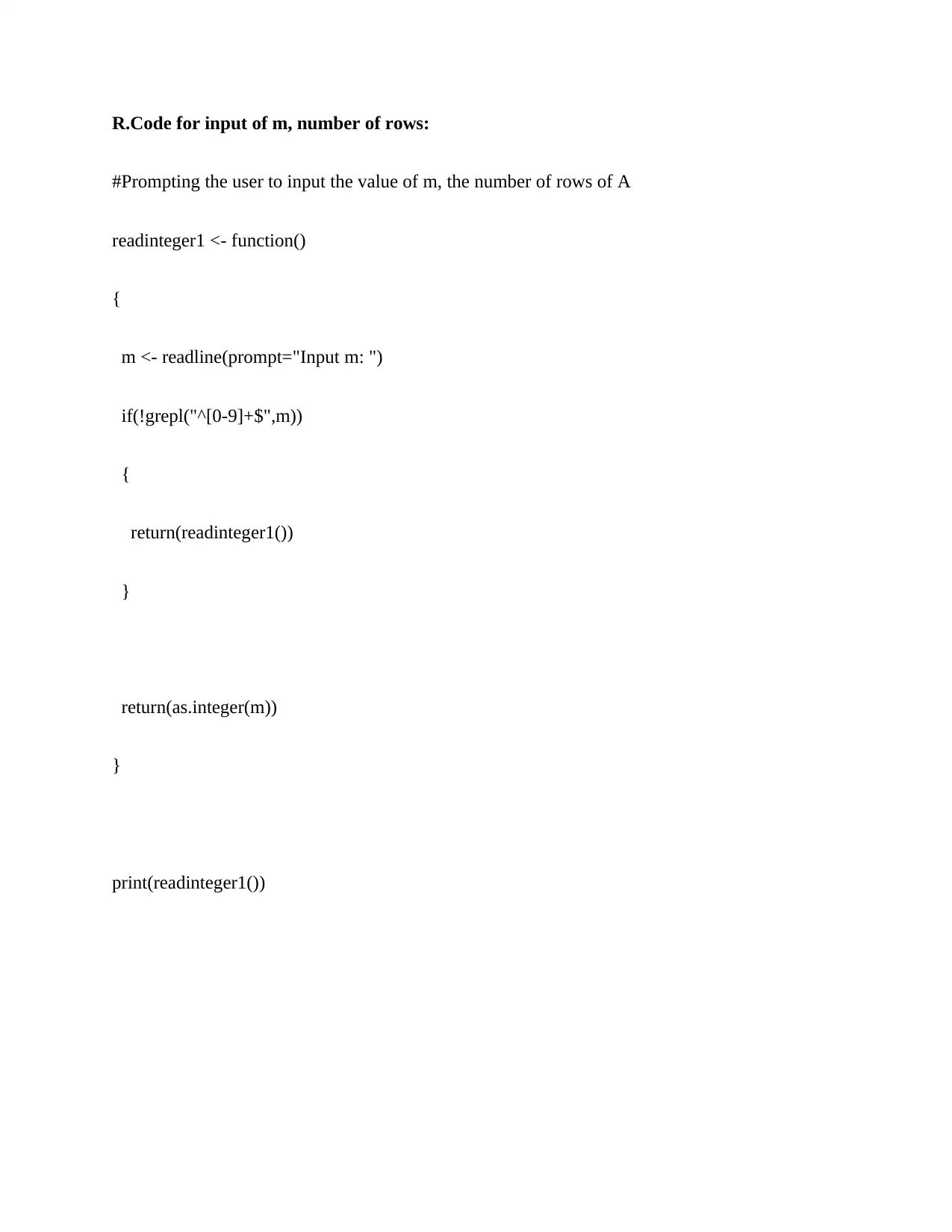

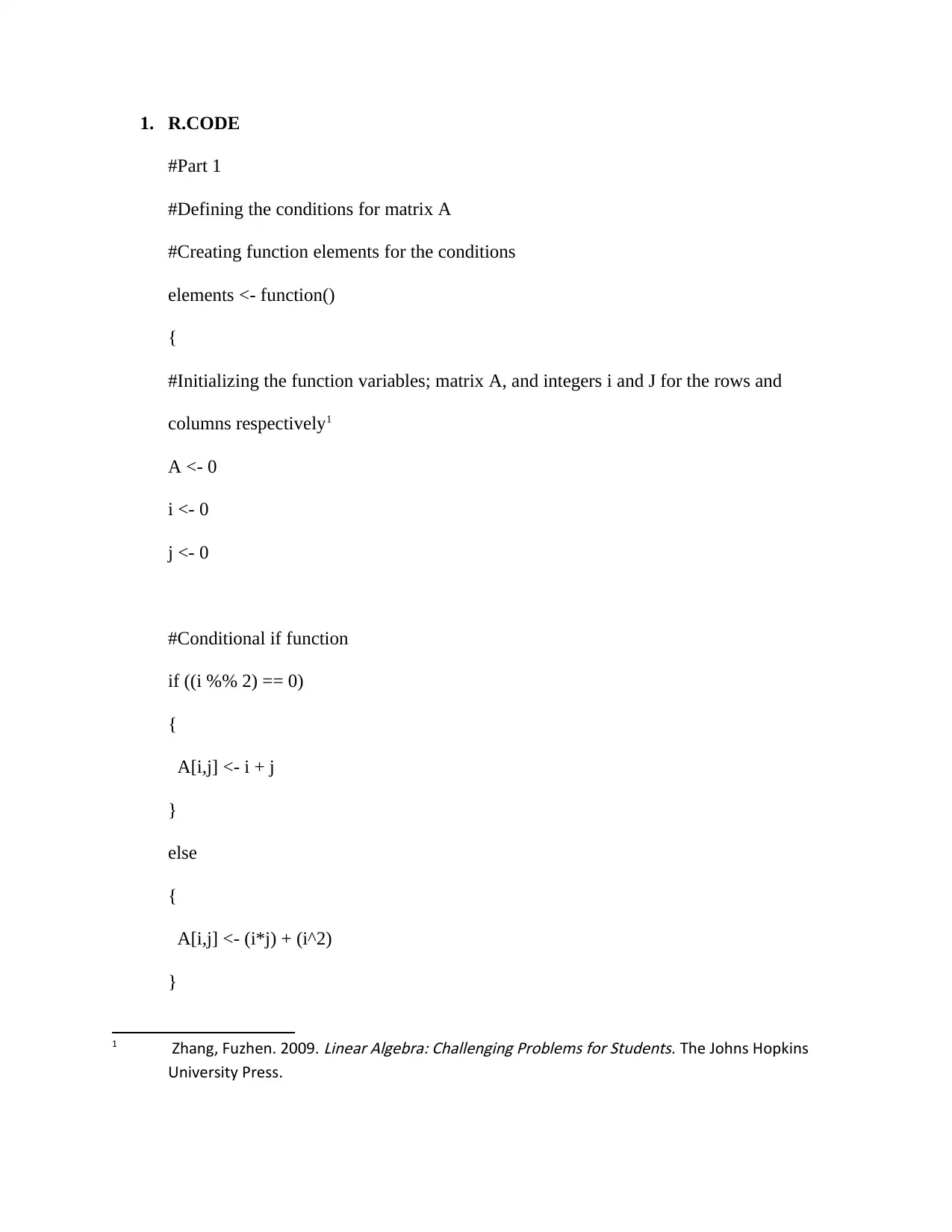
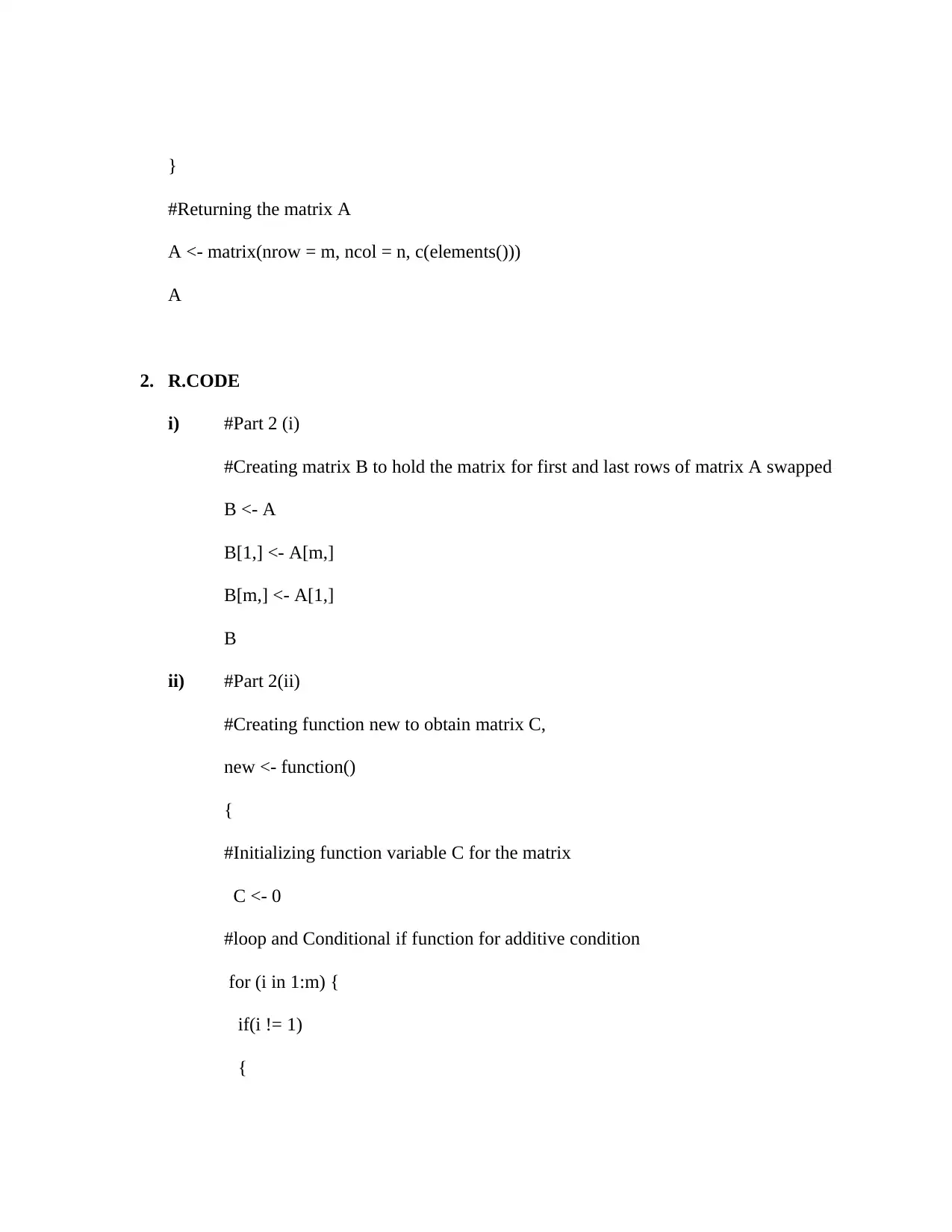
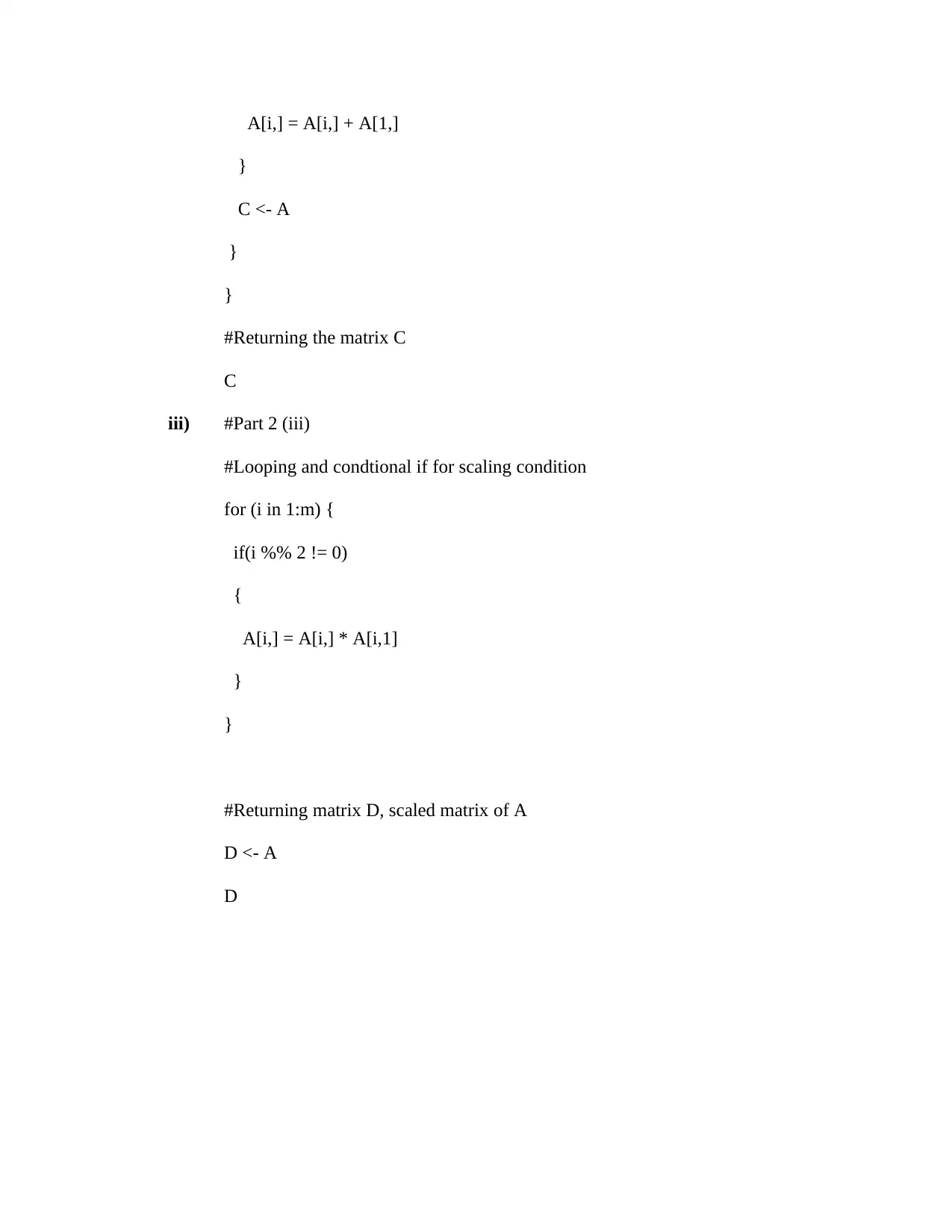
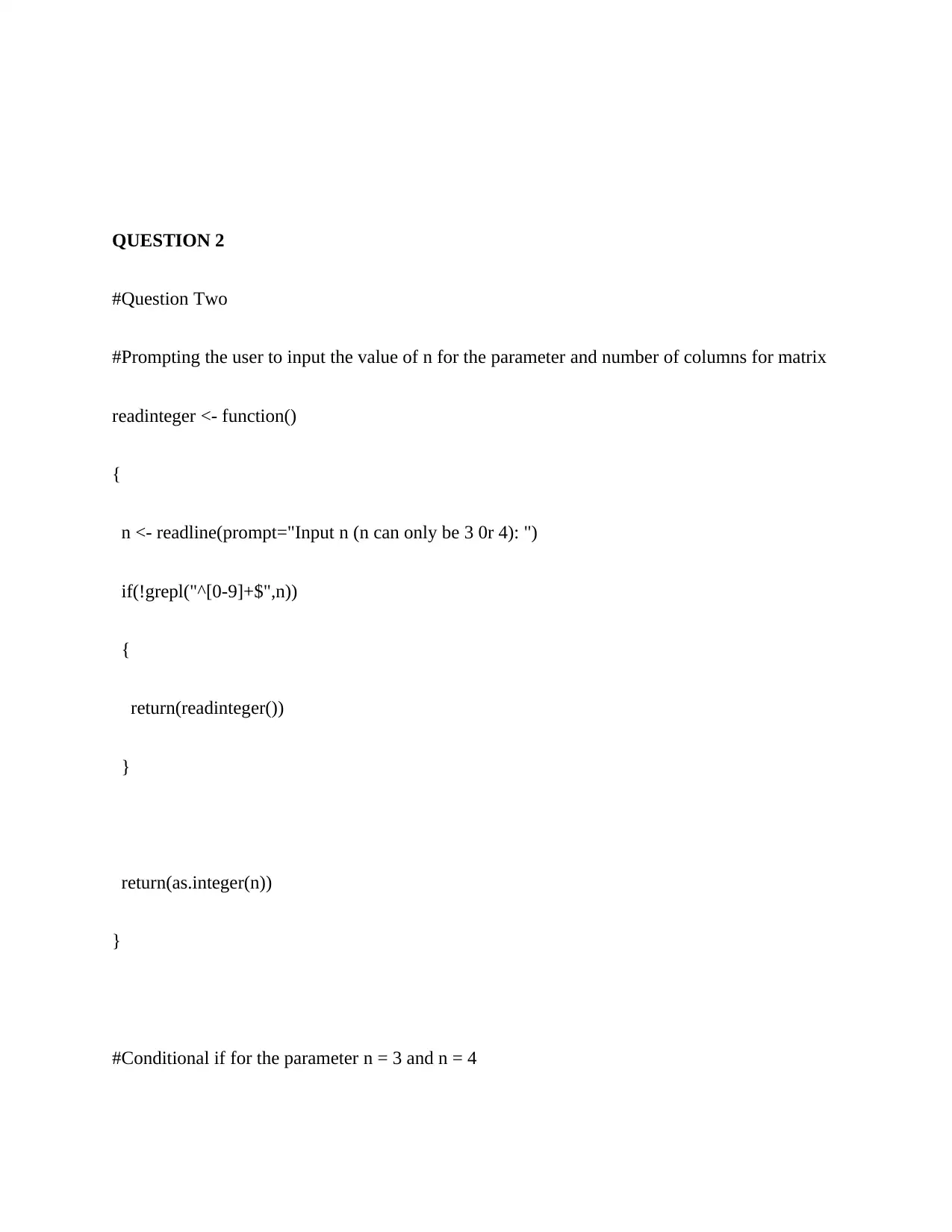
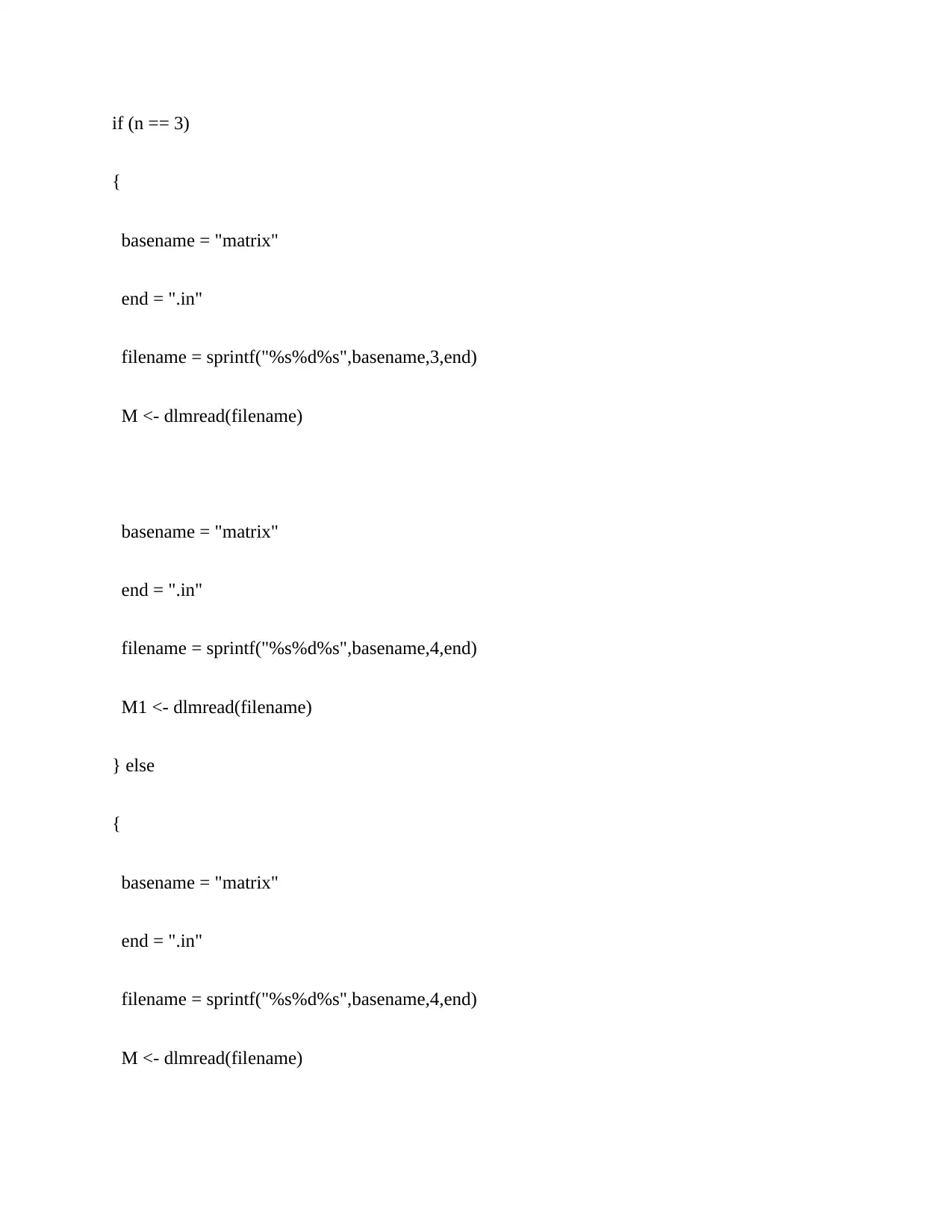
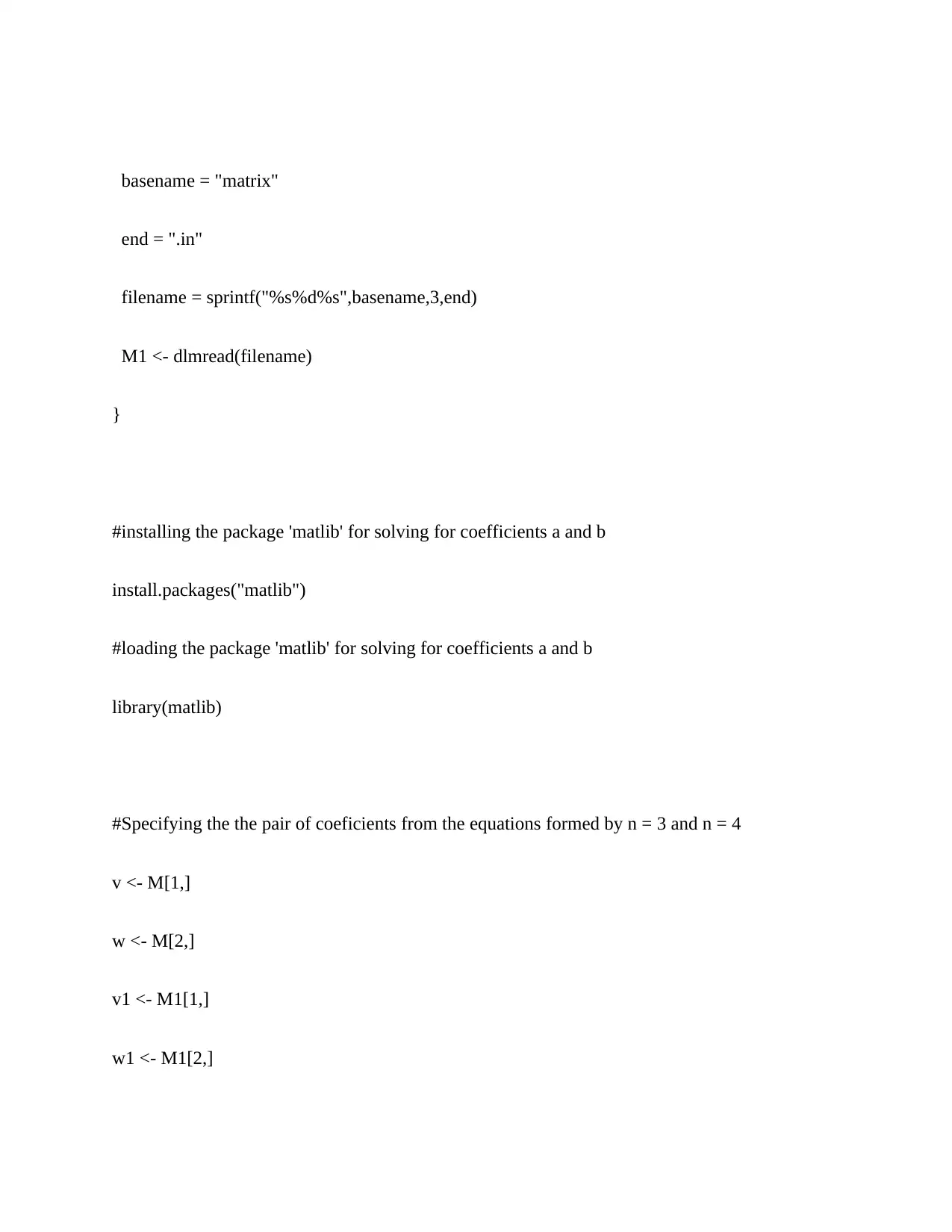
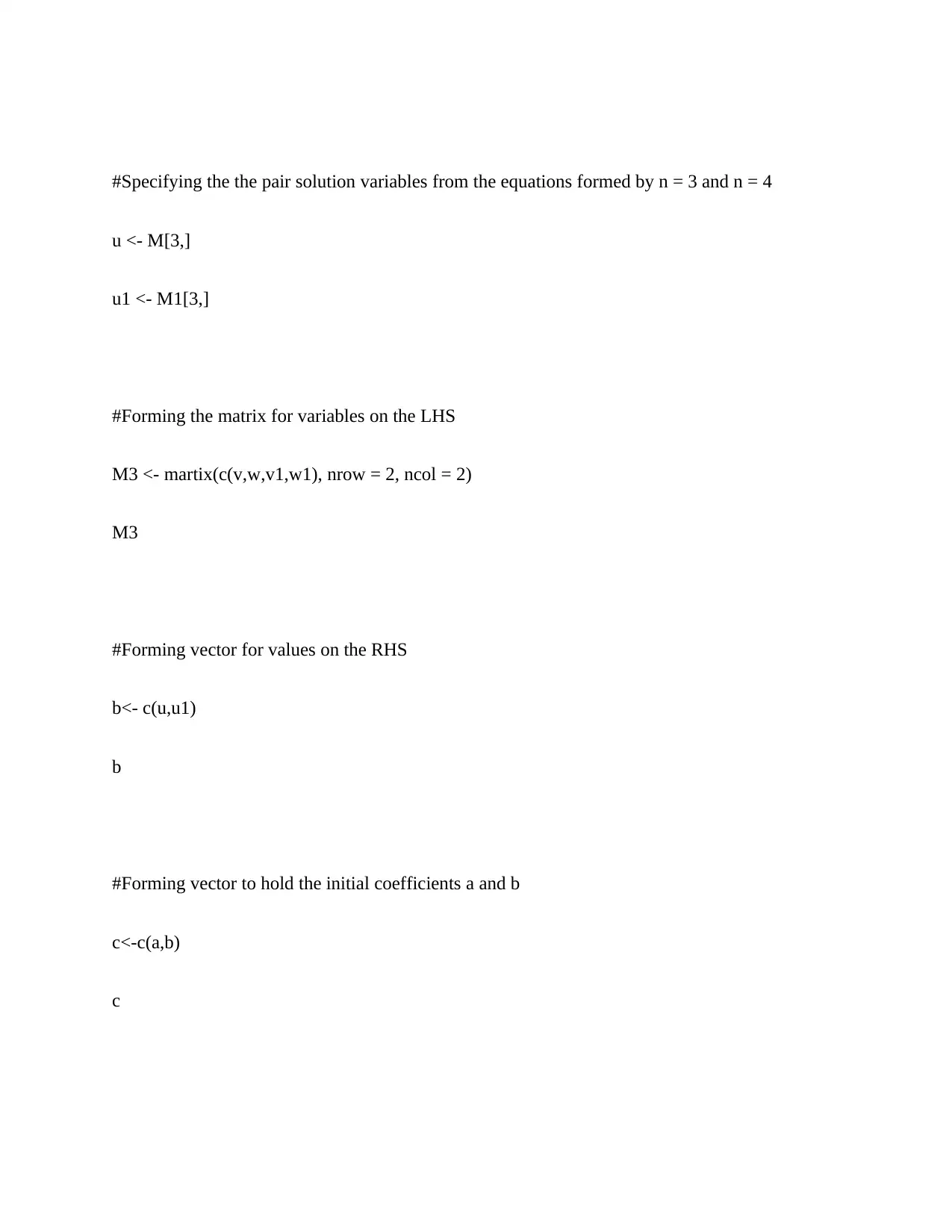
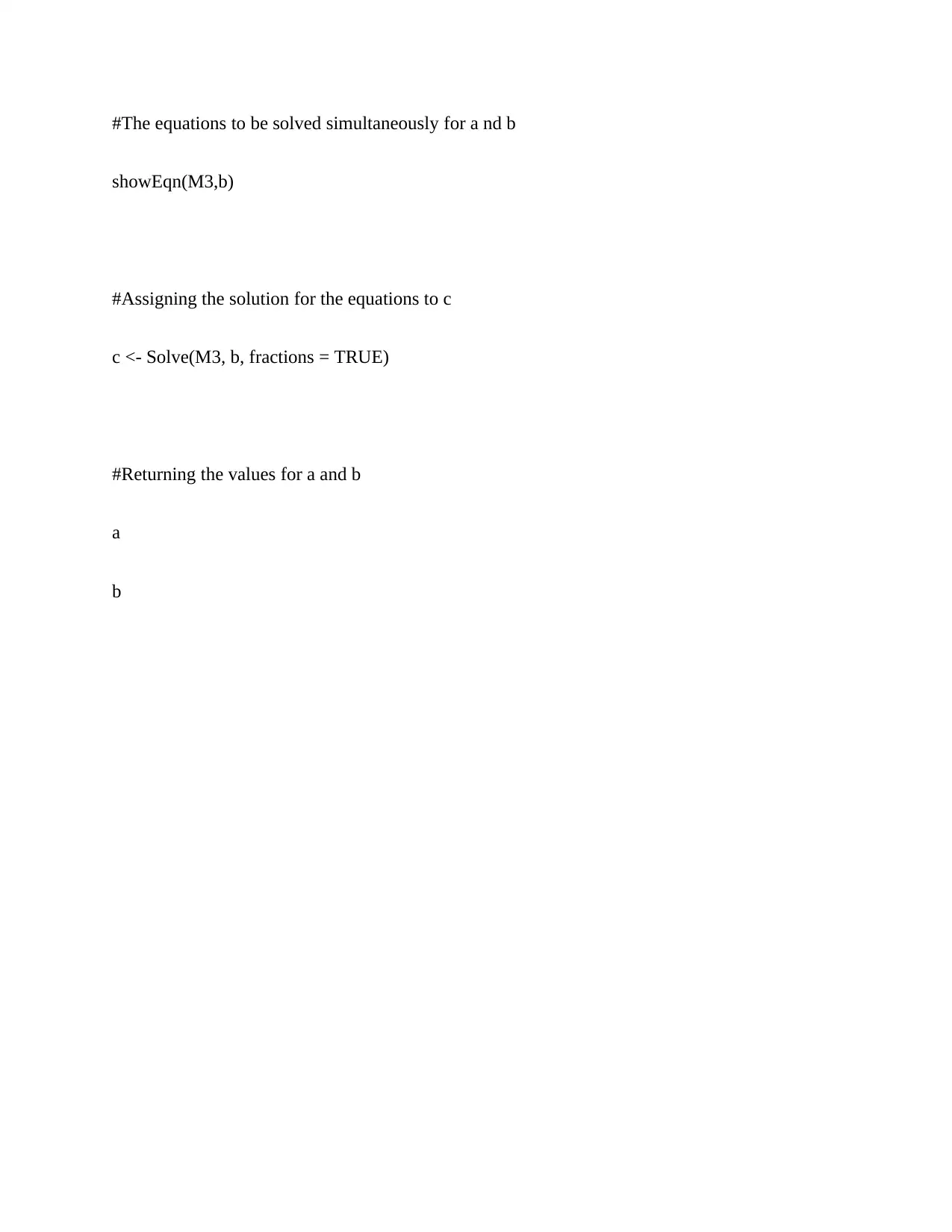
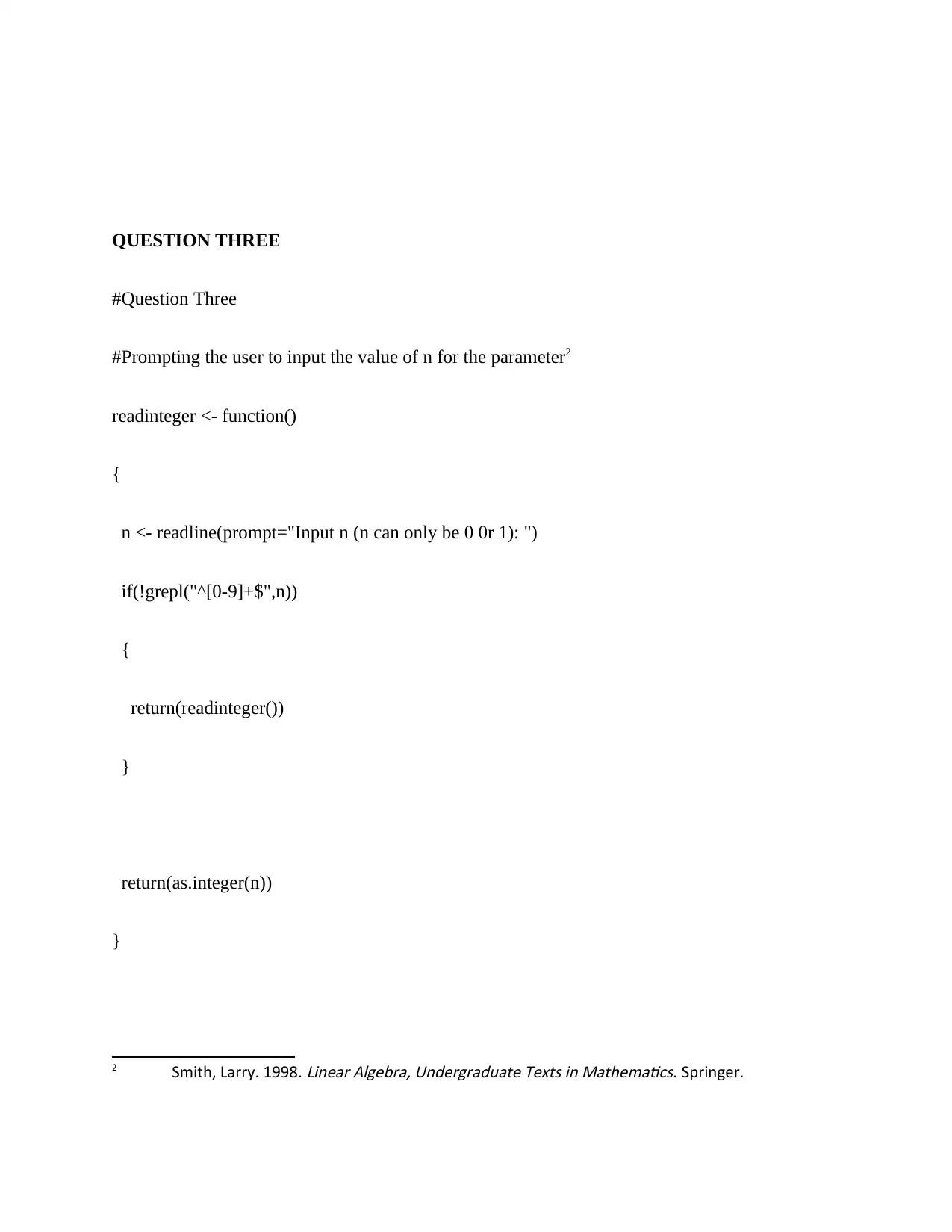






![[object Object]](/_next/static/media/star-bottom.7253800d.svg)